Optimal Timing for Animal Pest Control
Animal pest controls are most effective when implemented during specific times of the year, depending on the species involved. Spring and early summer often see increased activity due to breeding and foraging behaviors, making these periods ideal for intervention. Conversely, late fall and winter may offer reduced activity for some pests, but certain species remain active year-round, requiring ongoing management.
Understanding seasonal patterns helps determine optimal timing for pest control efforts. Many animals breed in spring, increasing their presence around properties.
Temperature and weather influence pest activity levels. Warmer months generally see higher activity, necessitating targeted control measures.
Early intervention before pest populations peak can reduce infestations and prevent property damage.
Certain pests require ongoing control strategies regardless of the season to maintain effective management.

Ways to make Animal Pest Controls work in tight or awkward layouts.

Popular materials for Animal Pest Controls and why they hold up over time.

Simple add-ons that improve Animal Pest Controls without blowing the budget.
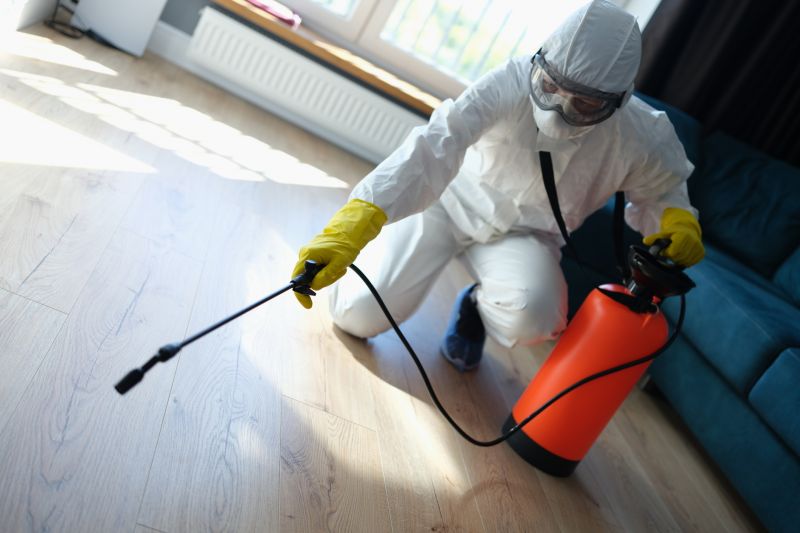
High-end options that actually feel worth it for Animal Pest Controls.
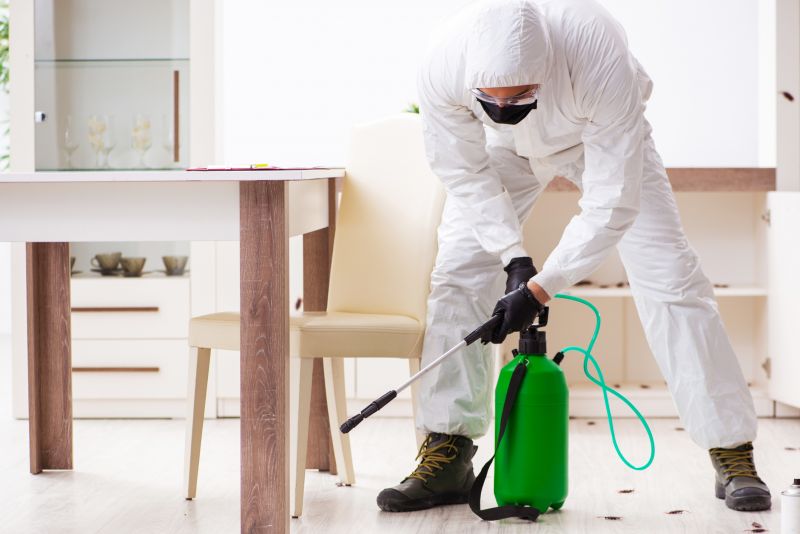
Finishes and colors that play nicely with Animal Pest Controls.

Little measurements that prevent headaches on Animal Pest Controls day.
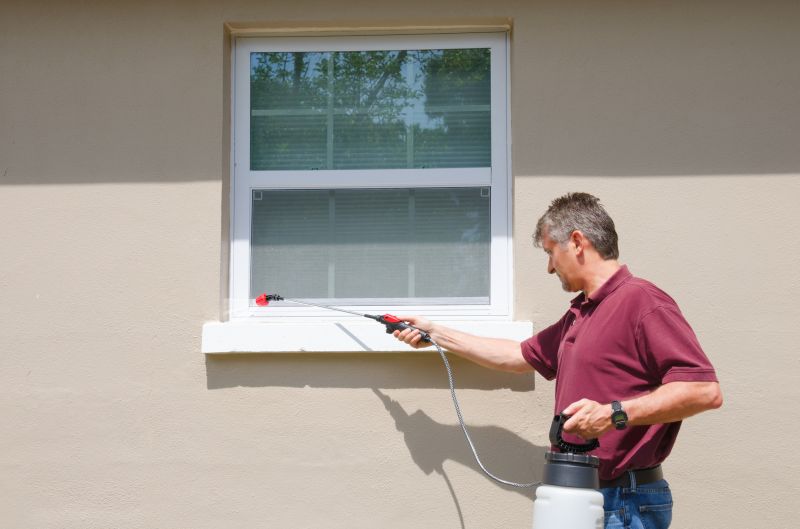
A 60-second routine that keeps Animal Pest Controls looking new.
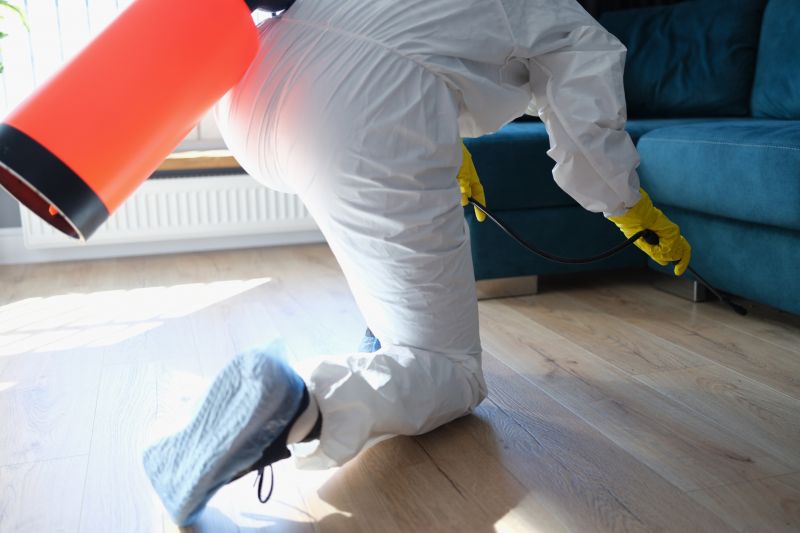
A frequent mistake in Animal Pest Controls and how to dodge it.
| Pest Species | Optimal Control Timing |
|---|---|
| Rodents | Late fall to early winter |
| Birds | Spring and early summer |
| Squirrels | Spring and early summer |
| Bats | Late summer to early fall |
| Raccoons | Spring and summer |
| Skunks | Spring and early summer |
| Invasive species | Varies by species |
Animal pest controls involve targeted strategies to manage and reduce populations of unwanted animals. Effective timing enhances the success of these efforts, minimizing property damage and health risks associated with pests. Properly timed interventions can prevent pests from establishing permanent nests or colonies, decreasing the likelihood of recurring issues.
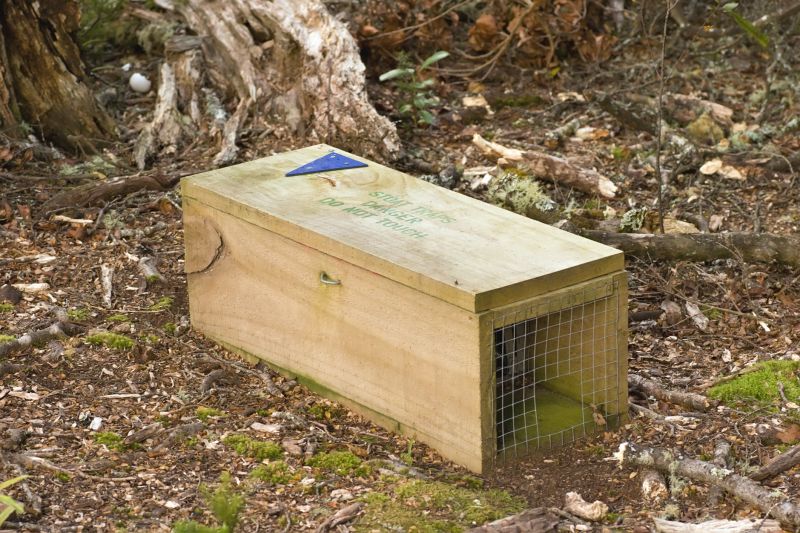
Small tweaks to make Animal Pest Controls safer and easier to use.

Lower-waste or water-saving choices for Animal Pest Controls.

The short, realistic tool list for quality Animal Pest Controls.
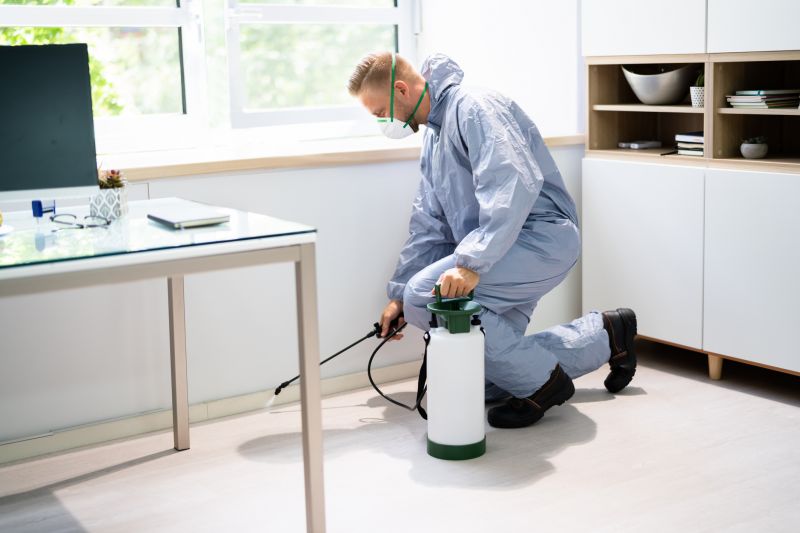
Rough timing from prep to clean-up for Animal Pest Controls.

Quick checks and paperwork to keep after Animal Pest Controls.
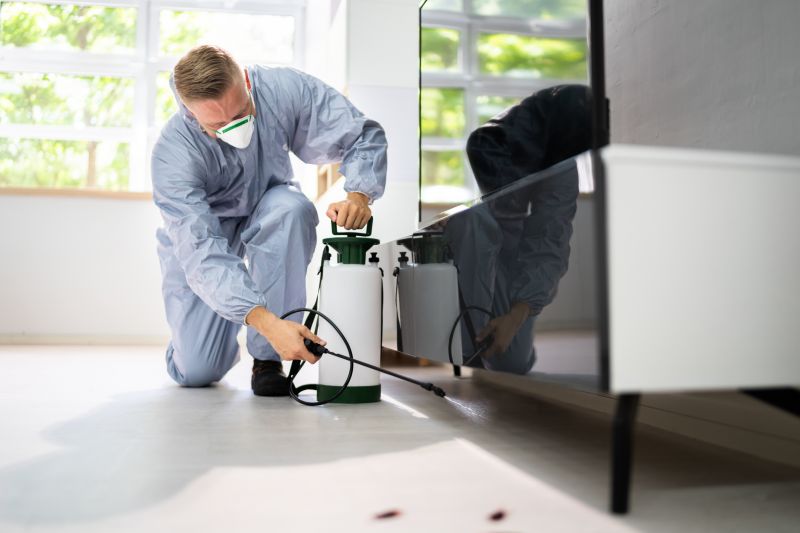
Examples that show the impact a good Animal Pest Controls can make.

Ways to make Animal Pest Controls work in tight or awkward layouts.

Ways to make Animal Pest Controls work in tight or awkward layouts.
Interested in managing animal pests effectively? Filling out the contact form can provide more information about suitable timing and strategies for specific needs. Properly timed pest control efforts can lead to healthier, safer environments by reducing unwanted animal activity.
